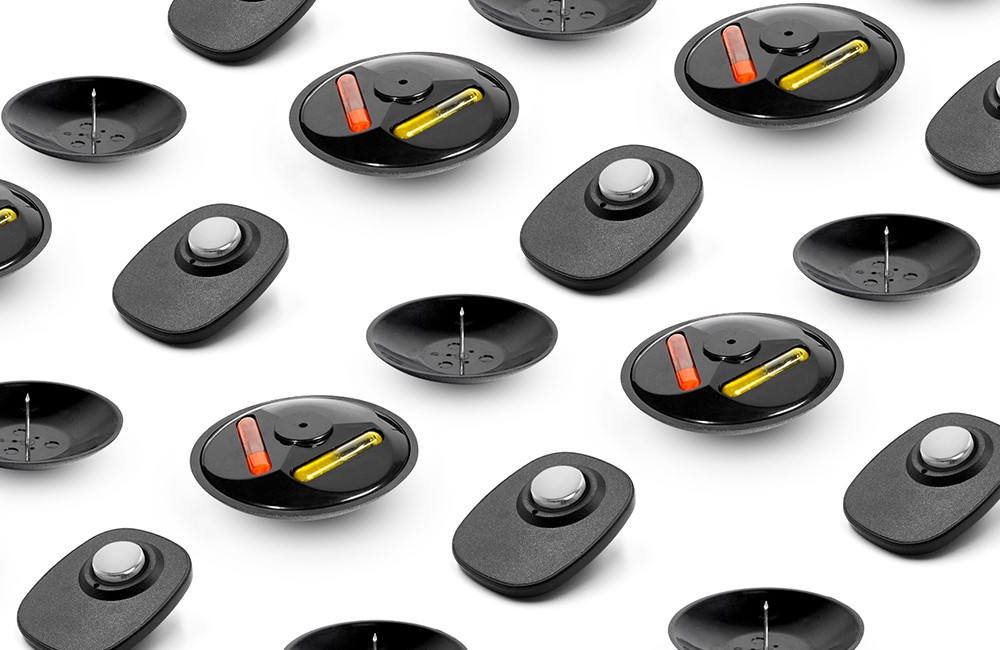In the ever-evolving world of loss prevention, one tool remains perennially popular in the fight against shrink – security tags.
Since they were first introduced in the the 1960s, security tags have become the go-to option to prevent shoplifting at a product-based level.
Widely used for apparel and items including eyewear, liquor bottles, and even shoes, security tags protect an item by causing an alarm to sound when a product is being stolen from a store.
Here are 15 facts you should know about security tags…
Part of EAS
Security tags are part of a loss prevention strategy known as electronic article surveillance (EAS). The system sees products affixed with tags or labels which then communicate with an antenna at the entrance of a store.
This antenna causes an alarm to sound when a tag is leaving the store, thereby alerting staff that theft is taking place.
Widely used
Mid last year, the National Retail Security Survey found 80.9 per cent of US retailers used EAS, with 46 per cent of retailers utilizing merchandise alarms/electronic security tags, and 34.9 per cent of retailers using acousto magnetic/electronic security tags.
Highly effective
Electronic Article Surveillance (EAS) is considered the most successful, effective and scalable anti-shoplifting system available. After implementing an EAS system, retailers can expect an estimated 60-80 per cent decrease in external theft.
Two frequencies
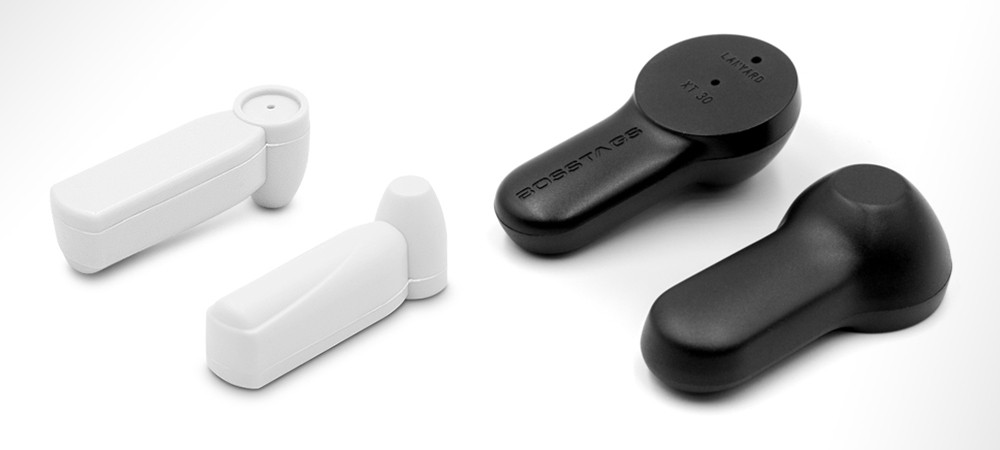
EAS and its accompanying security tags are available in two frequencies – Acousto Magnetic (AM) and radio frequency (RF).
AM (Acousto Magnetic) systems operate at 58 kHz, which means a signal is sent out in pulses or bursts between 50 and 90 times a second while (RF) Radio Frequency or RF operates in a sweep at 8.2 MHz.
60 years of security
Electronic article surveillance has been around since the 1960s, with the first ever electronic security tag invented in 1964.
Continually improving
In the years since security tags and EAS first hit the shop floor, they have continually improved. Now antennas are more accurate and more discrete, while security tags have evolved to suit almost any purpose.
Popularity rising
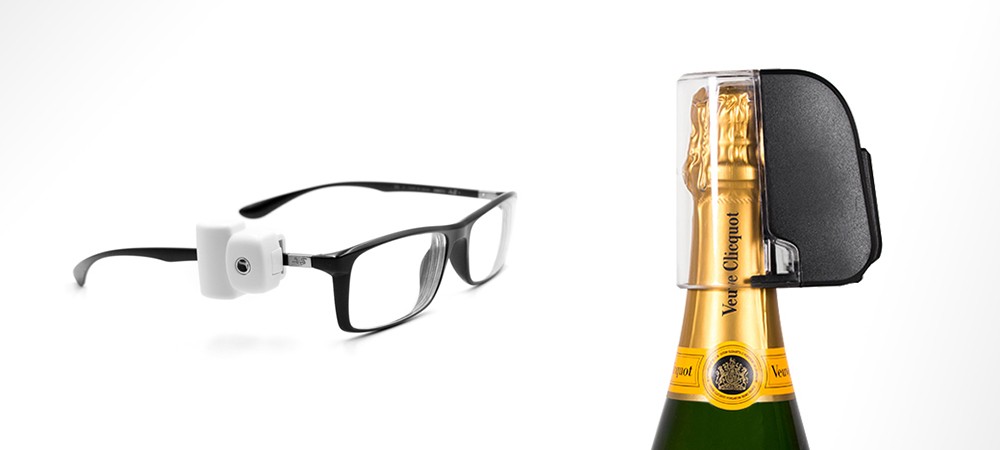
The constant evolution of EAS and security tags has seen the popularity of this loss prevention system steadily increase.
In 2019, the National Retail Security Survey found US retail use of merchandise alarms/electronic security tags increased by 25.4 per cent since 2018, while adoption of acousto magnetic/electronic security tags rose by increase of 12.7 per cent.
Different strengths
Security tags are available with magnetic locking mechanisms that offer different strengths – standard, superlock, hyperlock and multi-polar. The higher the strength the harder it is for criminals to thwart them.
Magnet resistant
In addition to different strength locking mechanisms, magnet resistant options are also available.
Different purposes
When first developed, security tags were primarily used by apparel retailers due to the fact they could easily be affixed to clothing. Now tags have been purpose-designed to protect items like eyewear, liquor, and even golf clubs, while tags with lanyards or cables are frequently affixed to accessories like shoes and designer handbags.
Different shapes
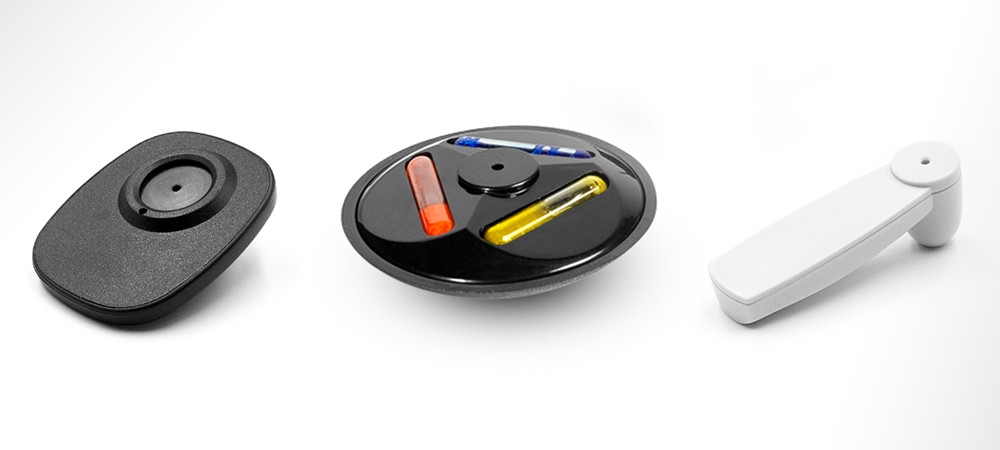
Tags come in a variety of shapes and sizes. This includes pencil-shaped tags, round tags, and square tags. Round tags are considered one of the hardest tags to remove because their circular shape resists being forced open.
Different pinheads
In addition to different shapes, different sized pinheads are also available to stop thieves forcing the pinhead through a clothing item. Larger pinheads are considered more secure because illicitly removing them involves cutting or ripping an item.
Ink dye options
Security tags can often be used in conjunction with ink dye. Available as part of the tag or in the pinhead, ink dye is a benefit denial strategy that reduces the likelihood of shoplifters tampering with tags.
All-in-one
One of the latest innovations in security tags is an all-in-one solution known as the Alligator Tag. This tag features a receiver in one end, a pin in the other and a hinge in between. It snaps shut to protect apparel and other clothing items like bras.
A label alternative
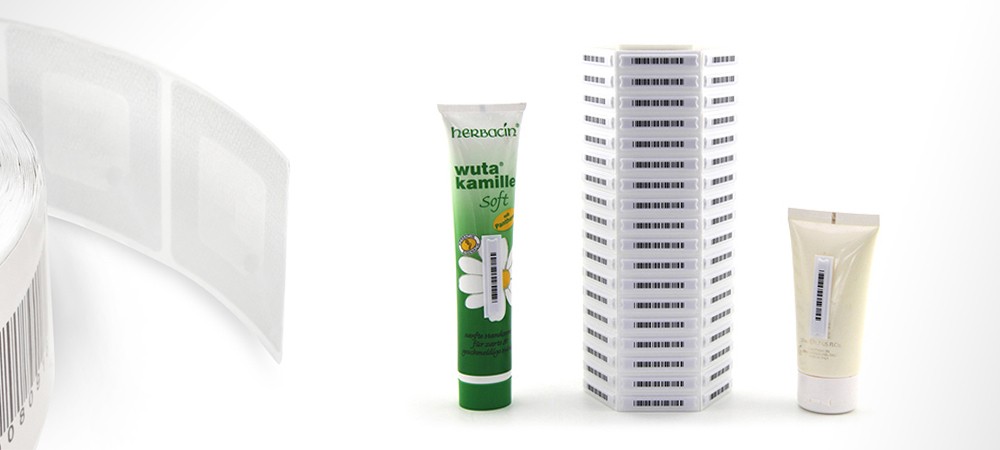
Security tags are also complemented by security labels, which can be adhered to products or concealed within the packaging. Security labels are also available in AM and RF frequencies and are commonly used for items like non-perishable groceries, pharmaceuticals, books and CDs.
